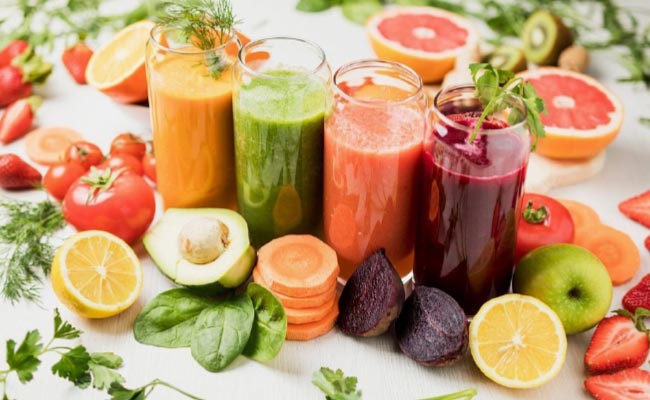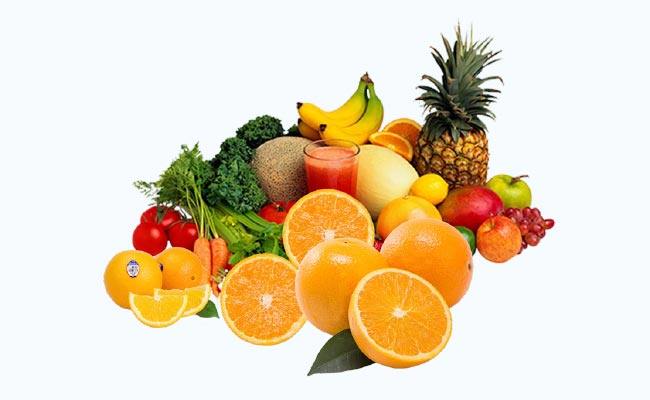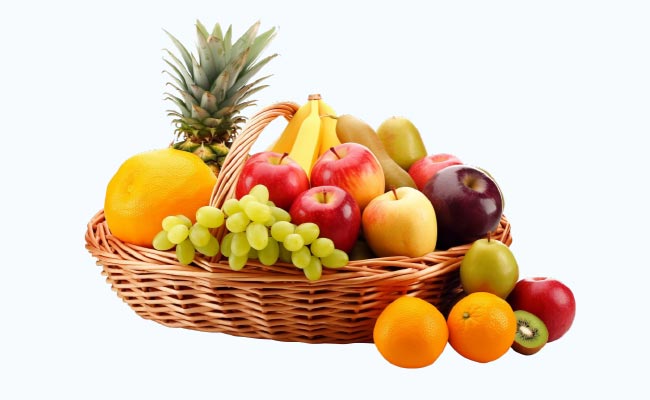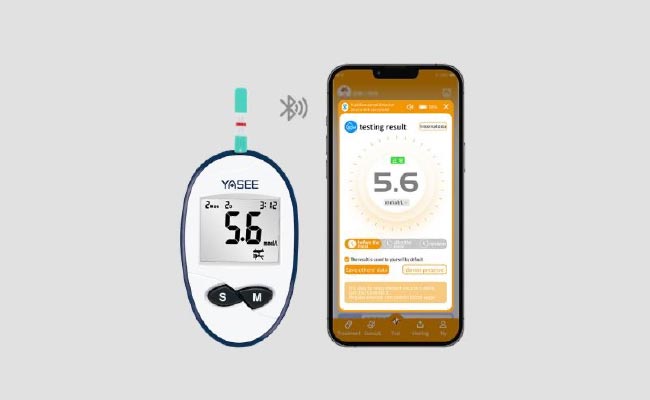
All-in-One Health Monitor: A Revolution in Personal Healthcare
2025-05-30Over the past 40 years, the global prevalence of diabetes has increased significantly, closely linked to the accelerating aging of the population and changes in lifestyle. Type 2 diabetes accounts for more than 90% of cases and has developed into a major public health problem. Currently, the total number of people with diabetes worldwide is approximately 450 million, with 2 million deaths annually attributed to diabetes and its complications.
The situation regarding diabetes prevention and control is particularly severe in China. The number of people with diabetes has reached 148 million, ranking first in the world. Latest epidemiological surveys show that the prevalence of diabetes among adults in China has reached 11.9%, making it the second most common chronic disease after hypertension.
Research indicates that unhealthy eating habits are a significant trigger for diabetes, including frequent consumption of sugar-sweetened beverages and long-term intake of foods high in saturated fats. In contrast, establishing a scientific and reasonable dietary structure and maintaining healthy eating habits can effectively reduce the risk of developing diabetes.
Nowadays, there is a wide variety of fruits available, but the sugar content and sugar composition differ among them. The sugar in fruits is primarily fructose, and fructose metabolism does not rely on insulin, thus having a smaller direct impact on blood sugar. Furthermore, fruits are rich in vitamins, dietary fiber, and various minerals, which are beneficial for health.
For individuals with diabetes, when blood sugar levels are stable and well-controlled, they can consume fruit in moderation, but the following points should be noted:
1. When to eat?
Choosing the right time to eat fruit is very important for diabetics.
First, blood sugar must be stable and well-controlled: fasting blood glucose ≤ 6.1 mmol/L and 2-hour postprandial blood glucose ≤ 8 mmol/L.
Second, choose an appropriate time: it is recommended to consume fruit between meals (e.g., at 10 AM or 4 PM). Avoid eating fruit immediately before or after meals, as this can cause a sharp spike in blood sugar. Eating a small amount between meals can supplement nutrition without overburdening the pancreas.
Although fruits contain fructose (whose metabolism is independent of insulin), the total amount still needs to be controlled. It is recommended to choose low-sugar fruits, with a serving size of 100-150 grams each time, and include this in the total daily carbohydrate intake. When blood sugar is well-controlled, reasonable consumption of fruit helps supplement nutrients like vitamins and dietary fiber, but attention must be paid to the type, portion size, and timing of consumption.
2. What types to eat?
When selecting fruits, diabetics should consider both the sugar content and the Glycemic Index (GI).
Suitable fruits for diabetics: Cucumber, Tomato, Cherry, Green peach, Orange, Grapefruit, Lemon, and Plum.
Fruits to be consumed with caution: Banana, Tangerine, Apple, Pear, Mango, Lychee, Watermelon, and Strawberry.
Fruits not recommended for diabetics: Jujube (Chinese date), Persimmon, Hami melon, and Yellow peach. Dried fruits and preserved fruits like dried jujube, candied jujube, raisins, and longan are especially not recommended due to their high sugar content.
The sweetness of a fruit is influenced by the amount of fructose, water content, and acidic substances. One cannot judge the sugar content of a fruit solely by its sweet or sour taste.
Note: When choosing fruits, it is recommended for diabetics to consume low-GI fruits (GI value less than 55), carefully select medium-GI fruits (GI value between 55 and 70), and avoid high-GI fruits (GI value greater than 70).
3. Control calories, avoid juicing
Pay attention to total calorie intake when consuming fruit.
According to the “Dietary Guidelines for Chinese Residents,” the daily fruit intake should be controlled at around 200 grams (approximately 90 kcal). To maintain total calorie balance, reduce staple food intake by about 25 grams accordingly. Prioritize fresh fruits and avoid processed products like fruit juice and preserved fruits.
Studies show that fruit juice loses dietary fiber and vitamins during processing. Furthermore, the liquid form is more easily absorbed, leading to a rapid rise in blood sugar. Additionally, the higher the ripeness of the fruit, the higher its glycemic index, so it is advisable to choose fresh, not overly ripe fruits. If drinking juice, be sure to retain the pulp and limit the portion size. High-sugar processed foods like canned fruit and sweetened preserves should be avoided. In summary, diabetics with stable blood sugar control can consume fruit in moderation, but must adhere to the principles of “appropriate amount, appropriate timing, and appropriate type,” strictly controlling intake.
You can use our blood glucose meter for daily monitoring to help you better control your blood sugar. Thanks.








